By the outbreak of war in 1914, heavy naval shells had reached approximately the form they would take for the next three decades. Heavy armor-piercing (AP) shells, equipped with caps designed to prevent them from shattering on impact with face-hardened armor, could carry small quantities of explosives, 1-2% of shell weight, through armor plate and detonate on the other side. Other shells, often known as common, carried much more explosive, but were fuzed to detonate on impact, or possibly after piercing a much thinner armored plate. But there was plenty of room for variation on these themes, and some nations had done a much better job than others at anticipating the demands of war.

A British 15" AP shell of 1943
The British in particular had badly misjudged how their shells would be used in action. They had based much of their doctrine around long-range engagements with common shells, intended to destroy the enemy's unarmored upperworks, start fires and demoralize the crew, with AP shells to be held for finishing off enemy ships at closer range. This was used as a justification for not carrying out oblique impact tests on their AP projectiles, which turned out to be a serious mistake at Jutland, where few projectiles penetrated heavy German armor. Action was quickly taken to address this, and in 1918, a new shell, known as the Greenboy from its paint scheme, was issued to the fleet. It had a new, much harder, AP cap and a redesigned body for better penetration, particularly during oblique impacts, while an improved delay fuze and a new explosive, shellite, would allow it to penetrate armor and reach the ship's vitals in a fit state to burst. Read more...

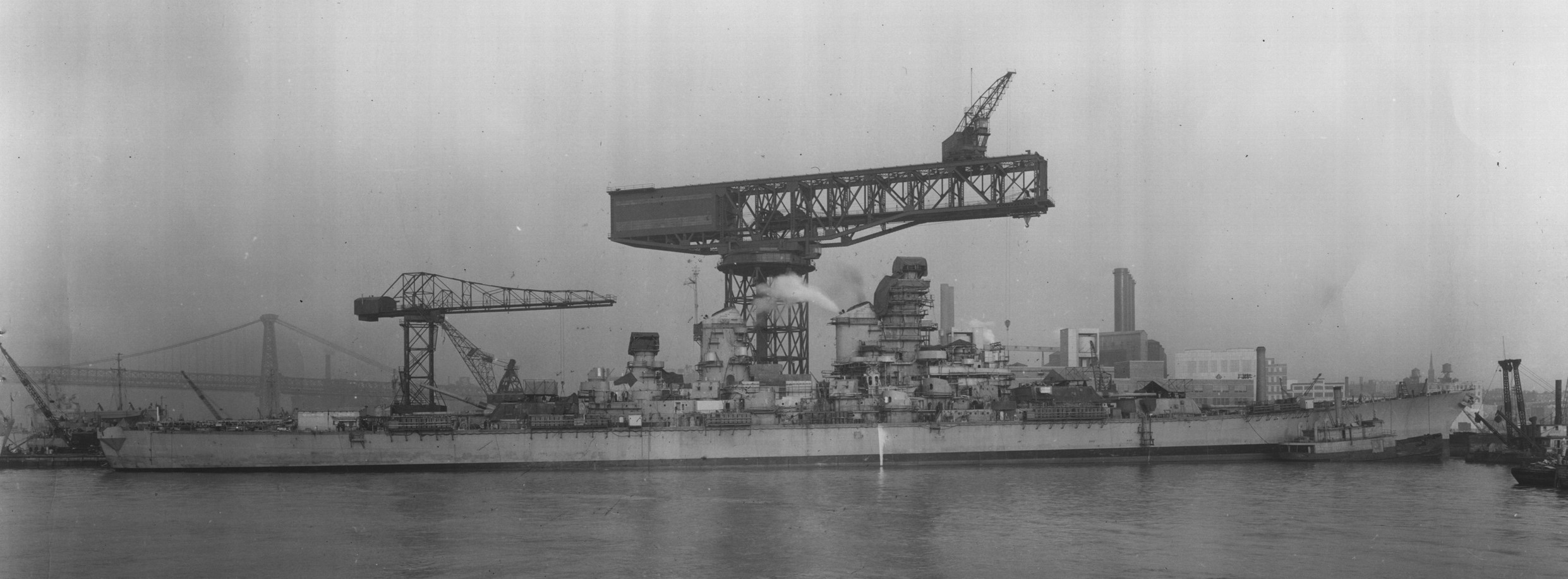
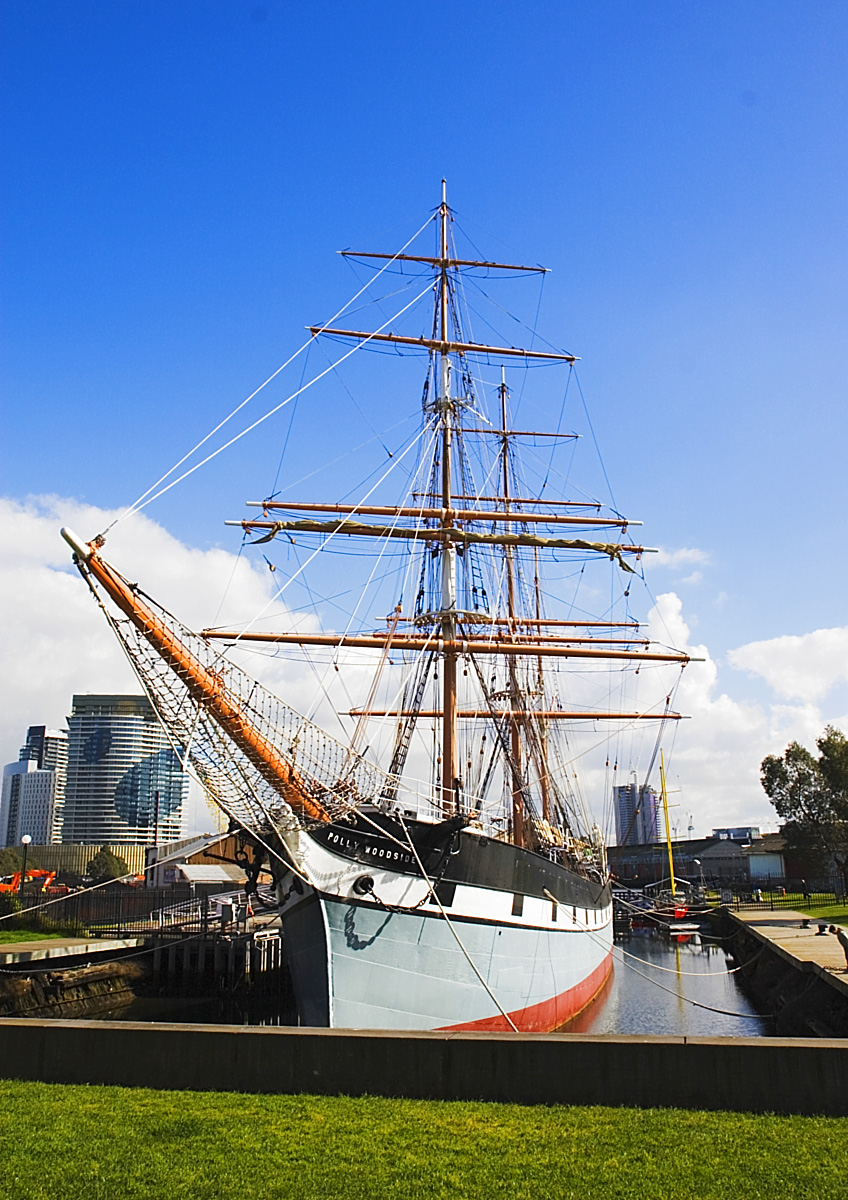
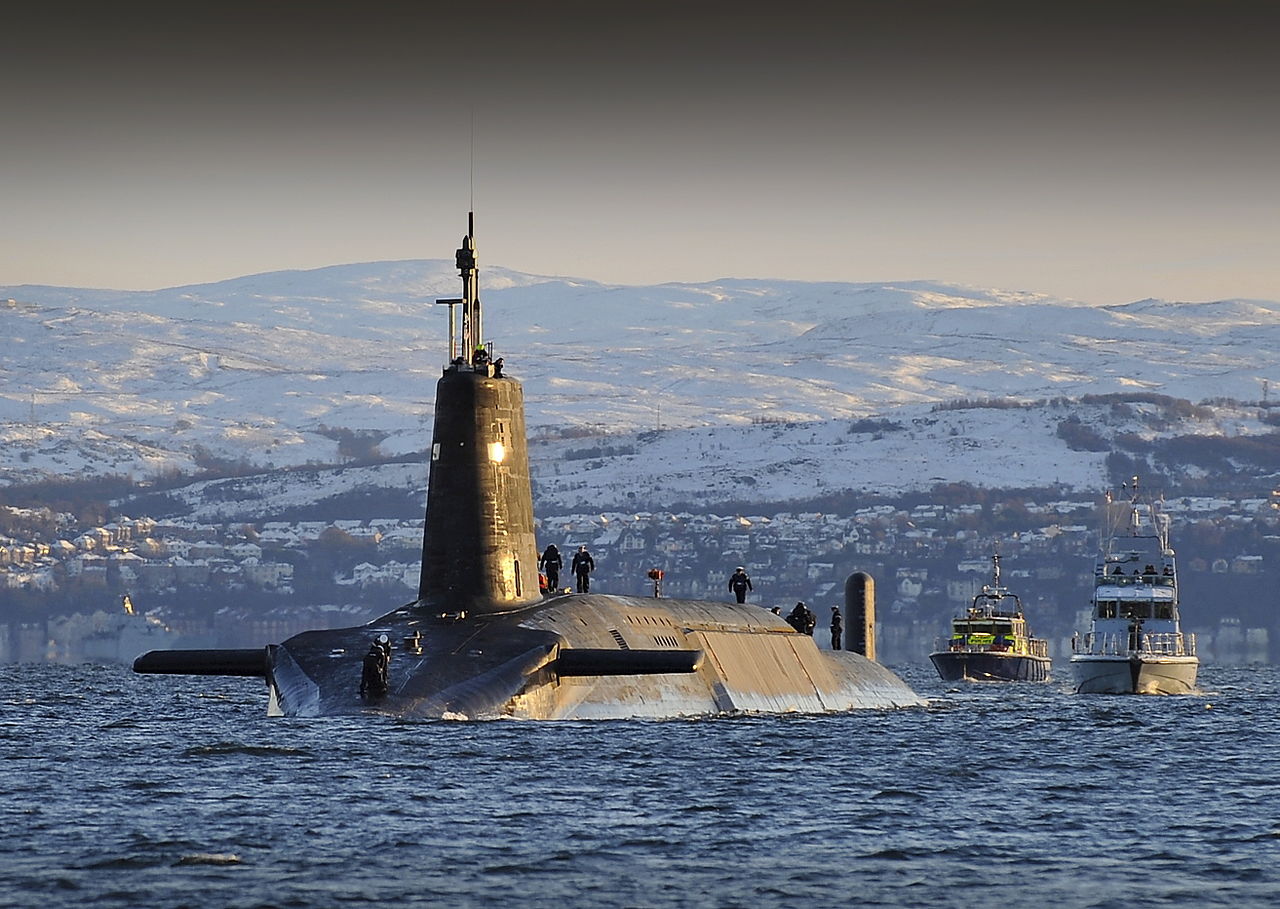

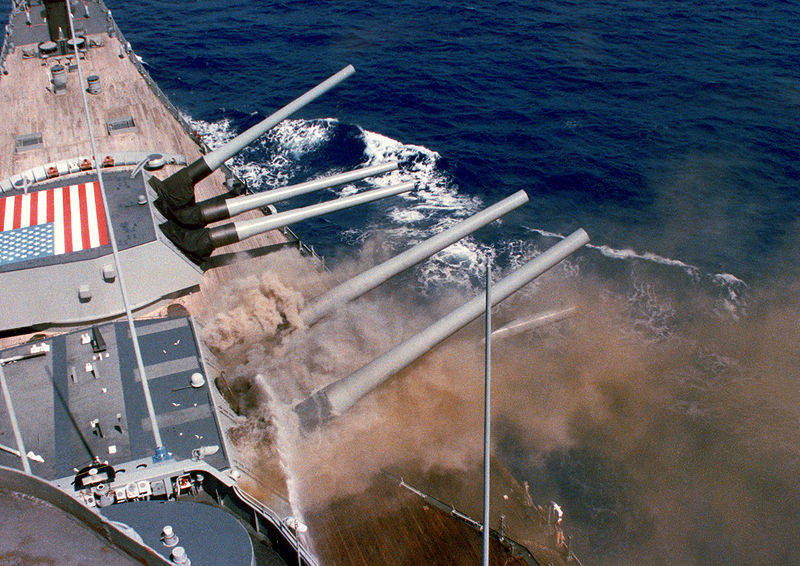


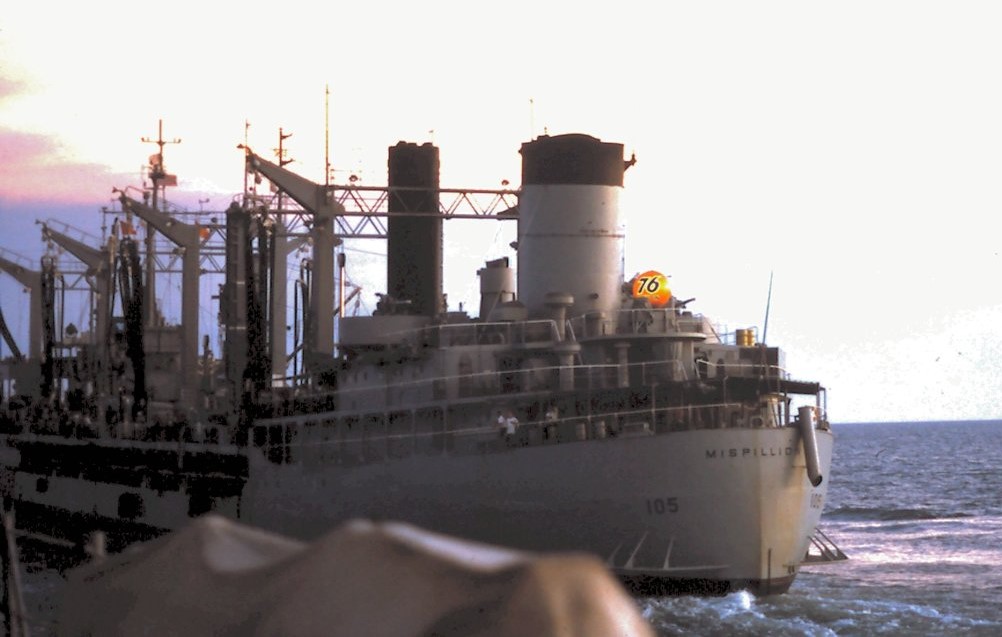
Recent Comments